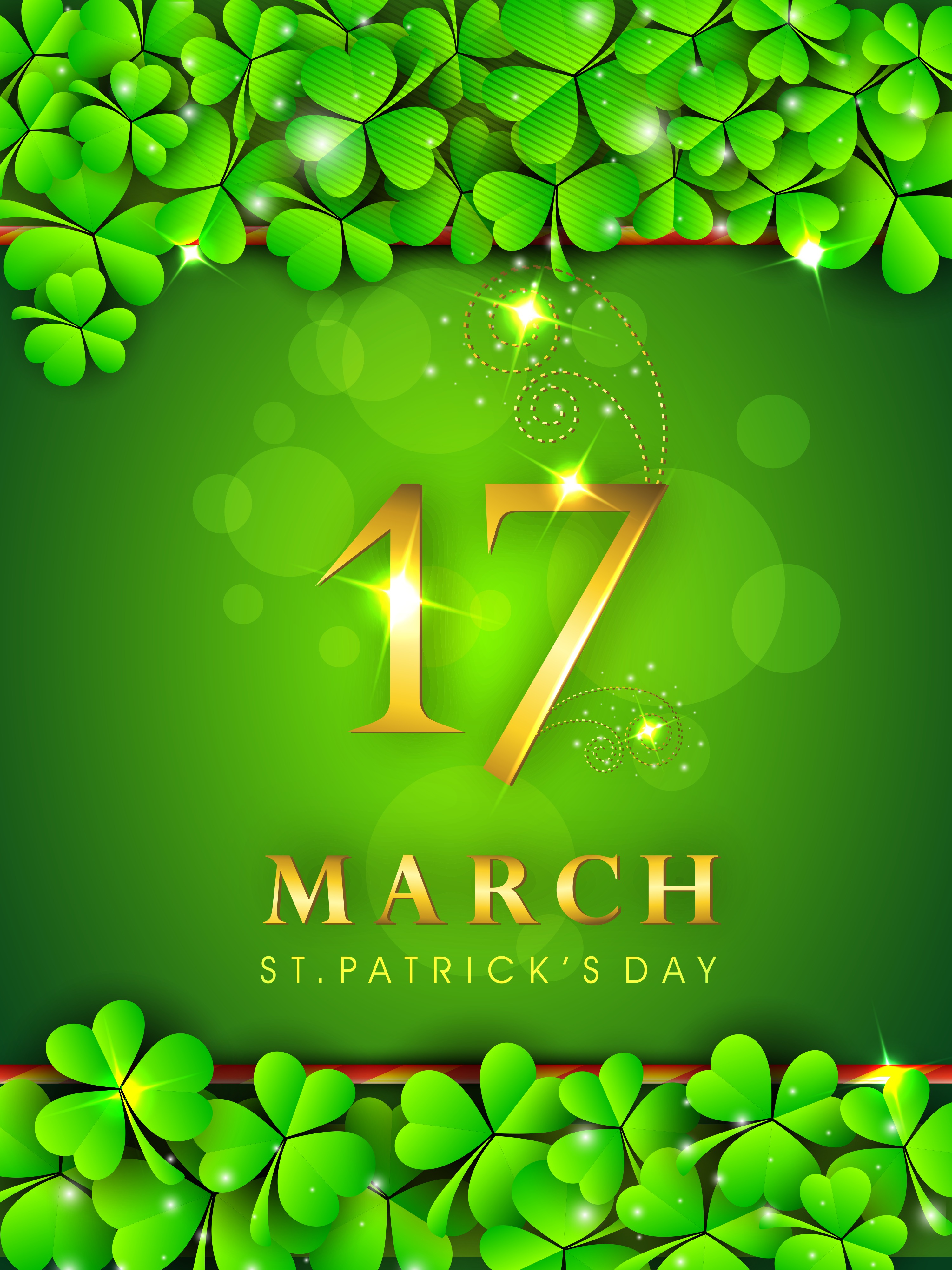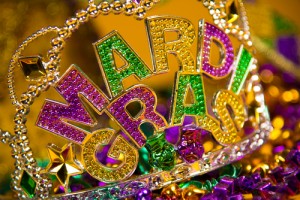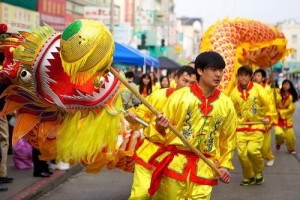The History and Celebration of St. Patrick’s Day
Have you ever wondered who the real St. Patrick was? Why do we celebrate with parades and big celebrations? Each year millions of people around the world celebrate this patron saint of Ireland without any knowledge if his life or why he is so important to the Emerald Isle.
St. Patrick was not Irish. He was born in Wales, a Roman territory at the time in 385 AD and was raised in a wealthy family. His given name was Maewyn, though some say it was Succat, a Celtic word meaning “warlike”. His father was a Roman official so Maewyn was also known as Patricus. When he was 16 he was captured by a clan of Irish marauders and taken to Ireland as a slave. Once in Ireland, he was sent to County Antrim to be a shepherd. During this time, he worked outdoors away from people. Lonely and afraid he turned to religion for solace becoming a devout Christian.
After six years as a slave, Patrick escaped and made his way back to his family. He began studying in a monastery and there he heard the voice of God telling him to return to Ireland to convert the Pagans to Christianity. This he did as Bishop to Ireland in 432. His first church was in Saul in Northern Ireland. Patrick brought many monasteries to Ireland and was thought to have single-handedly responsible for bringing Christianity to Ireland. Patrick explained that the shamrock with its stalk and three separate leaves represented the father, son and holy ghost, the three aspects of the Christian God.
March 17, 481 is considered to be the day St. Patrick died. St. Patrick’s Day celebrations began in Ireland as a holy day. The first parade was held in Boston in 1737 and in NYC in 1762 as a response to the prejudice against the Irish-Catholic people. In an effort to promote cultural pride and acceptance, the Irish community banded together.
Today the Irish and the Irish-for-a-day around the world celebrate St. Patrick’s Day. From wearing green, green beer, green bagels, and the traditional corned beef and cabbage dinner, St. Patrick’s Day has come far from the recognition of the patron saint of the Emerald Isle.
No matter how you choose to celebrate, have a Happy St. Patrick’s Day and make safety a priority for your celebration.



